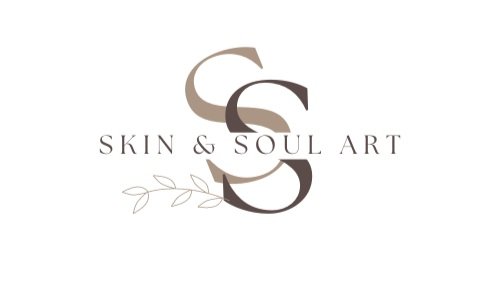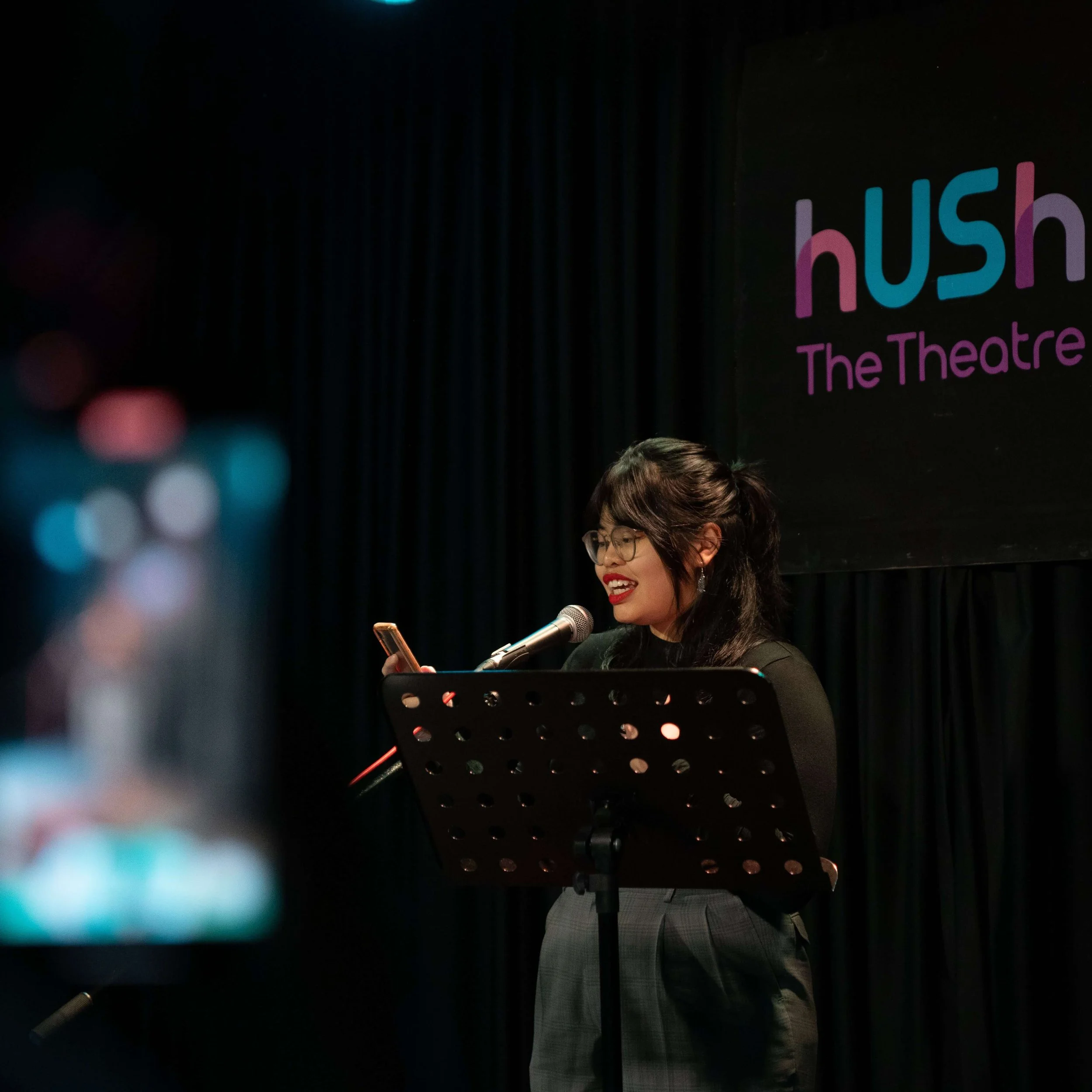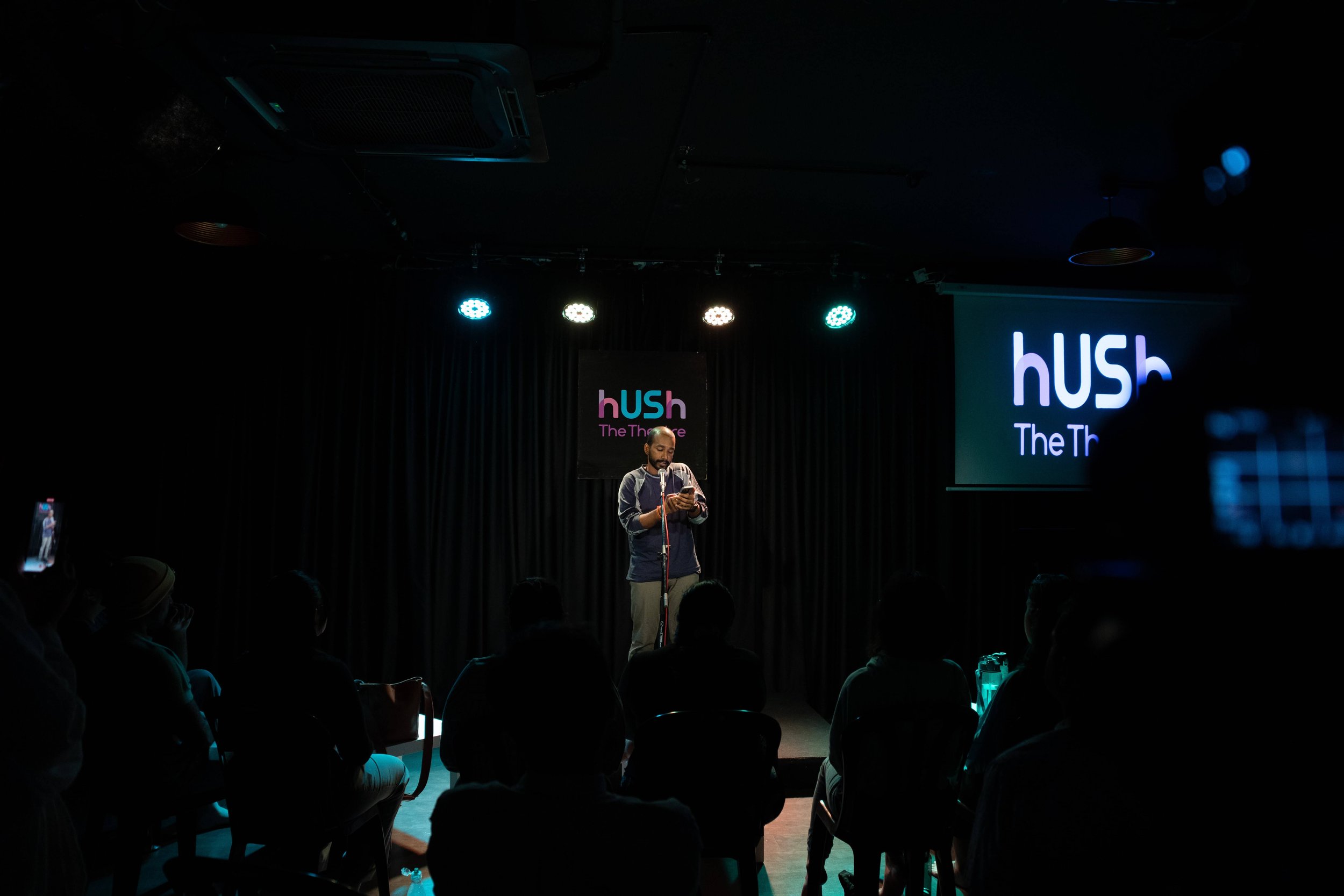Poetry as a Tool for Personal Growth and Mindfulness
Visual artist Rupa tries her voice at poetry in Hush the Theatre, TTDI for the first time.
Day 1: Exploring Poetry to Enhance Creative Consciousness
Timelessness: New form of telling the same old truth
“Reflect on something meaningful that has happened to you. It could be good; it could be bad. More importantly, it has altered something within you. Often times, these are the stories we tell best,” reads Enbah’s email.
In the first two hours I spent with her and my cohort, we shared our favourite poem as we introduced ourselves. It was sweet, a refreshing reminder, to hear Rudyard Kipling’s “If’ and Khalil Gibran’s simple lines of solving the gaps in love language, among others.
My favourite discovery this night was The Loneliest Sweet Potato, by Sabrina Benaim.
The cohort performs 5 minutes of free writing exercise to warm up.
A verbal vomit words on paper, based on a line we heard during the introduction. No tidying up grammar, nor finding the perfect word. Enbah walks about the room, noticing how some were finding it difficult.
“Stop intellectualizing this exercise”, she reminds us. I journal plenty, so I found this exercise rather simple.
A lawyer taking the stage with his poem about home and pursuit of passion.
Perhaps I flexed too soon. A compounding to-do list pounded on my brain when I was trying to sleep that night. Palpitations. Ideas craving bodies. I was everywhere all at once. In my head, in my body. Words forming rhymes. My stomach grumbles.
I make a mental note that I should plan my meals better when I go to evening classes. But my truth is, Enbah’s prompt about love, kept ringing bells in my system long after our poetry discussion.
Poetry Workshop Day 2 with fellow Malaysian Creatives
Tools of Comparison: Evoke "weird, but tell me more" experiences.
Who knew poetry had math?
I love formulas as it gives me a framework to follow.
But I have to admit, these parts were trickier to grasp than I thought. Enbah lead us through the creation of imagery in a poem and the idea of a semantic field. When we thought it was done and we could relax, Enbah kept us going for several rounds.
As each person mentioned a singular word associated with a theme, say ocean, we’d continue till the vastness of its field becomes obvious.
A florist who arranges bouquet of words too.
Waves. Corals. Pull. Fish. Floating. Pull. Undiscovered. Dark. Drowning. Island. Jellyfish. Dolphin. Water. Blue. Swim. Surf. Salty. Ship. Drown. Crab. Turtle. Shore. Fisherman. Fishing. Boat. Seahorse. Seashells. Sandy beach. Submarine. You sailing with me here?
SpongeBob got red-flagged though.
Workshop Day 3 is The Varying Rhythm Game
Musical Quality: Does Your Tongue Know Where to Stop?
The class discuss the difference between page poetry and stage poems.
Enbah shares her experience of not sounding like a slam poet in the Causeway Exchange Slam in 2016. Here are her top three advices she received to sound like her authentic self from Malaysian writers that mentored her along the way:
Malaysian Poet, Enbah Nilah schools her students about poetry.
“Believe in the story you want to tell.
You are a storyteller, not a performer.”
– Melizarani T. Selva
“Do it your way.
Two possible outcomes: either they love it, or they don't.
But, do it your way.”
– Jamal Raslan
“There’s a tendency to sound angry in slam poetry.
I like that yours doesn’t sound conventional.“
– Chua Guat Eng
Workshop Day 4 Takes the Page to Stage
Character: What Makes a Poem a Poem?
I took the stage second. I stammer. I watched the paper holding my unfinished poem, shook with shiver revealing my nerves. The microphone intimidates.
Though we only had an audience of eight, why did the stage daunt us like this?
An ex-engineer turned a mental health professional shares his childhood story about a boy lost to crime.
Half-baked poems. Poems they had perfected from before. Our poetry workshop facilitator joined us and practiced reciting her poem too. I loved the space that held that kind of alteration for everyone.
Day 5 Public Showcase: Performing the Poetry
How are Poems Functional for Us?
Much to the relief of the participants, we received a cosy intimate audience.
Stage poetry is an artform that requires dancing hands, as much as rhyming words.
It was lovely to be amidst a crowd of people who encouraged, and supported this experience. Enbah addresses the friends and family in the crowd who came to support, and said,
“This is special, that they have invited you to witness their vulnerability”.
I asked how does she feel at the end of it all, she said she was surprised how personal everyone got. Enbah’s more inspired to work on her own poems. Honestly, I can’t wait for this Malaysian creative wordsmith to do more, but I know better to not pressure. So we made a fist pact to revisit our lines in a month’s time.
Will this group keep to their promise?
Kawan Corner: Get to Know Your Malaysian Poet, Enbah Nilah
Enbah Nilah graduated with a distinction in MA Comparative Literature (Africa/Asia) from SOAS, University of London under the Chevening Scholarship in 2019.
She was featured reader for “Inventories of Dispossession,” a literary symposium organised by York University, Toronto in 2022. Besides, she was part of the judging panel for Project Future Malaysia and a writing mentor for the Chevening Writers Series in partnership with MY Writers Society.
Presently, she is working on a literary translation anthology, soon to be published by Trace Press (US) with the support of Ontario’s Anti-Racism Anti-Hate Grant Program.
Her poems can be found in the upcoming issue of Anthology of Southeast Asian Eco-Writing (Manoa Journal, University of Hawai’i Press), This is Southeast Asia (AUS), Innovation for Change East Asia, Adi Magazine (US), Persephone’s Daughters literary magazine (NZ), the Dirty Thirty Anthology (AUS), and When I Say Spoken, You say Word (MY).
She has been teaching literature to young adults for the past seven years.
Disclaimer from Rupa: I consider Enbah Nilah a dear friend since our encounter with each other’s work in 2016.
By no means consider this a formal review, I adore this woman too much to be impartial. This is a documentation of my personal journey exploring another means of art: poetry. My attendance at this program was supported by an anonymous art patron via Hush Theatre.
All photographs are credited to Christoper Aaron Gnanasundar.
After I quit teaching art after 5 years, it was refreshing for me to become a student again.
Read about my community artistic project with under-privilege youth: how I used drawing and journaling as a tool to understand dormant emotions.












